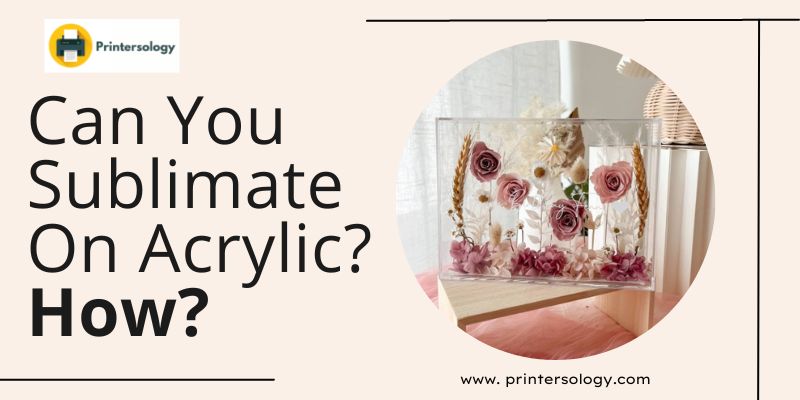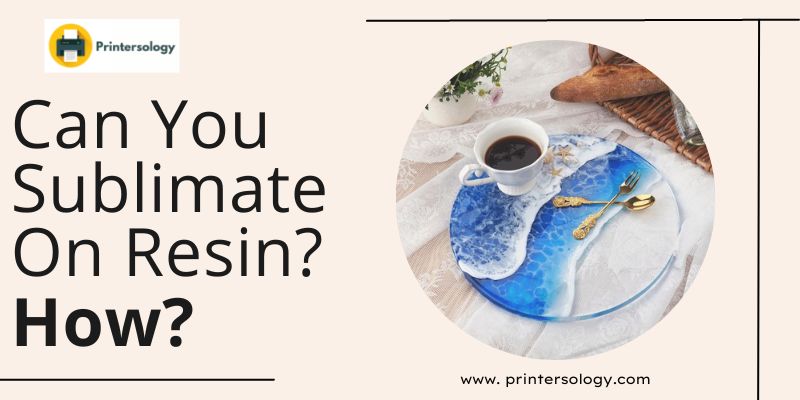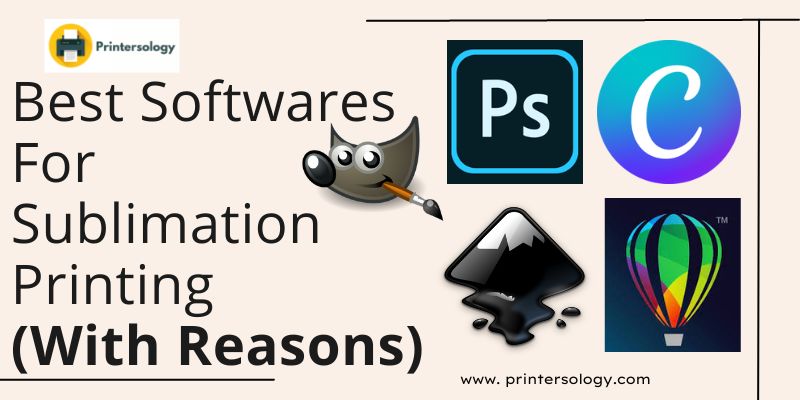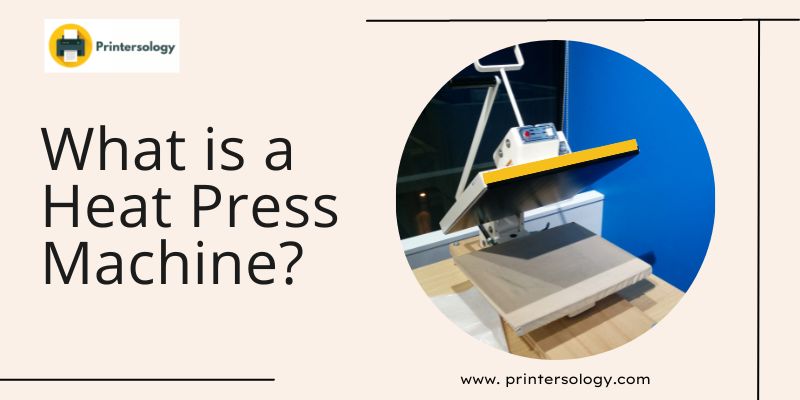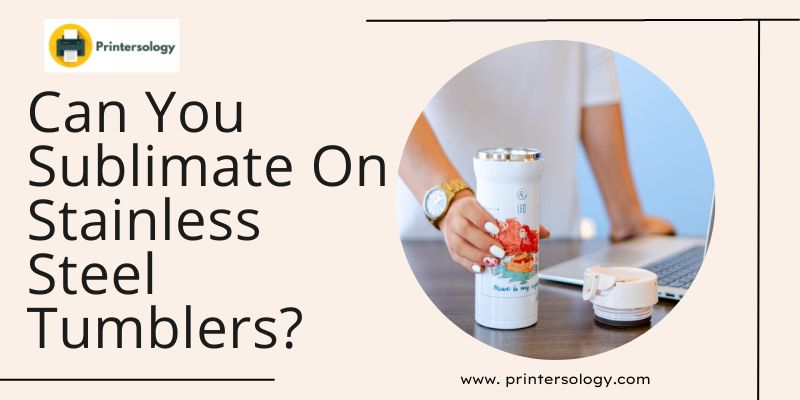Pigment Ink vs. Sublimation Ink – All That You Need To Know!
If you are starting your journey in the field of printing and wondering what’s the difference between pigment ink and sublimation ink, which one should I use in which case – this article is for you!
I’ve not only covered the basic difference in the debate of pigment ink vs. sublimation ink but also explained their benefits, drawbacks, and applications in the world of printing.
What is Pigment Ink?
Pigment ink is basically an accumulation of non-soluble powder particles that together formulate a rich color. It gets embedded in the topmost layer of the substrate including fabric, PVC, ceramics, and much more.
These inks have time and again proven their longevity and durability on a variety of substrates as well as their waterproof nature and resistance to ultraviolet light.
Uses: Pigment ink majorly finds its application in printing on paper and natural fabrics like cotton. It doesn’t work well with polyester fabrics.
What is Sublimation Ink?
Contrary to pigment ink, the sublimation ink turns to gas from solid and goes deep down to chemically bind with the substrate and become part of it instead of making a layer over it.
Uses: It gives the best results with synthetic fibers like polyester. Either substrate should be of polyester or it should’ve polyester coating to ensure a strong, deep chemical bond. It doesn’t work with natural fibers like cotton.
Difference Between Sublimation Ink and Pigment Ink:
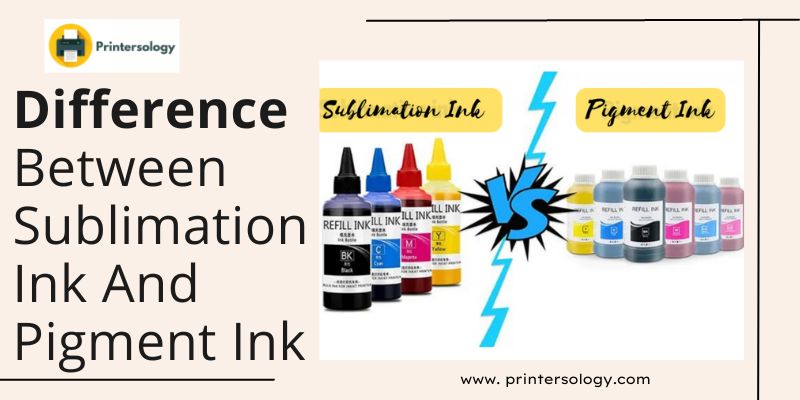
Now that we’ve got the basic idea of both types of inks, let’s see what makes them distinct from each other based on different features!
Type of Bonding!
Although pigment ink stays on top of the fabric instead of becoming part of it, still it makes a really good bond with it and lasts even longer than sublimation ink. On the other hand, sublimation ink gets embedded into the substrate and is also long-lasting but it’s more sensitive to humidity and oxidation as compared to pigment ink.
Vibrancy!
Sublimation ink is embedded deep down into the substrate, still, the colors we get are more vibrant as compared to pigmented inks that stay on top.
Color accuracy!
Because of its larger particles, pigment ink reflects the light due to which colors look different from different angles. Even it looks different on glossy paper or synthetic fibers. Mostly it’s used by black and white photographers as it gives the best results to them.
Cost and Affordability!
Pigment inks are generally costly as compared to sublimation inks. But make sure you consider the material as well when thinking about the cost. For example, if you want to print on natural fibers like cotton, then it won’t be a wise decision to go with sublimation ink just to save the cost. Your print will fade away after washing.
Durability and Longevity!
You might be thinking pigment ink stays on top so it may fade away earlier as compared to sublimation ink. But, that’s not the case. Both inks are durable and last for years depending on the material and purpose you are using them for. For example, sublimation ink will last longer if you’re considering outdoor use, and pigment ink will last longer if it’s for indoor use.
Environment friendly!
Pigmented inks are a less safe, conventional ink choice whereas sublimation inks are eco-friendly and do not employ harmful toxins.
Clogging issues!
While both pigment and sublimation inks tend to clog the printer over time, the risk is greater with pigment inks because of the larger particle size and density. The printers tend to get clogged quite frequently and need to be cleaned more often than what is required with sublimation inks on hand.
Merits And Demerits Of Both Types Of Inks
Now that we have discussed the basic differences between both inks, let us summarise the merits and demerits of both for you to make an informed decision when going for the best choice for printing according to your purpose and needs!
Sublimation Ink Merits and Demerits:
Pigment Ink Merits and Demerits
Frequently Asked Questions
1. Are pigment ink and sublimation ink the same?
No, they are not. Pigment ink is an accumulation of particles of colored powder that stays on top of the substrate whereas sublimation ink forms chemical bonds and becomes part of it.
2. Can pigment ink be used on sublimation paper?
Pigment Ink can be used on sublimation paper but the results are not promising because of inadequate ink transfer during the heat press.
3. Which ink out of sublimation and pigment ink is best for sublimation?
Sublimation Ink is definitely the better option out of the two if the process of sublimation is in question because of its better bonding with the sublimation paper and substrate.
4. Is sublimation ink a dye or a pigment?
Sublimation ink is actually a dye and not a pigment. It gets transferred to sublimation paper, which helps transmit it into the substrate via heat press.
Conclusion
Both inks come with their share of merits and demerits. Both find their applications in various printing techniques. Now that you know the differences between the two, I am sure it will be easier for you to decide which one is best suitable for your printing ventures!

